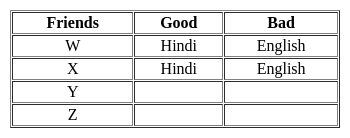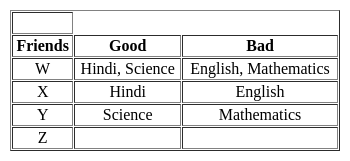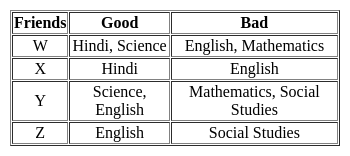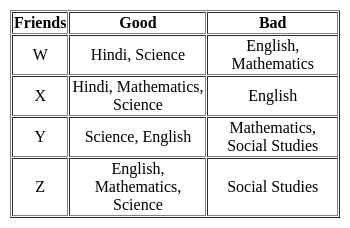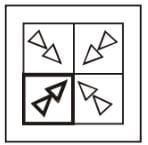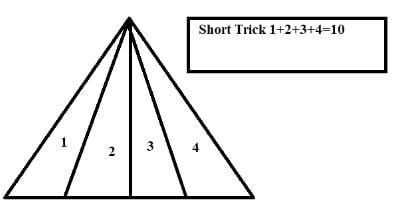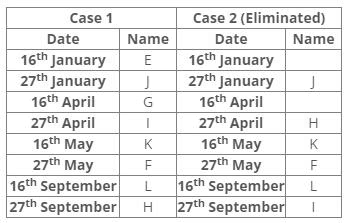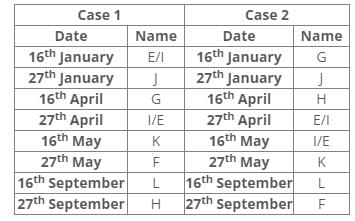BEL Trainee Engineer Electronics Mock Test - 9 - Electronics and Communication Engineering (ECE) MCQ
30 Questions MCQ Test - BEL Trainee Engineer Electronics Mock Test - 9
Which is true in a frequency modulated system ?
Convert the decimal number 759 into its equivalent octal number.
In order to increase the reliability of binary communication channel, the transmitted digits are 000 for 0 and 111 for 1. At receiving end, the decision is made by majority rule, that is, if at least two of three digits are 0, decision is taken in favour of 0 and so on. If p is error probability of one digit and pe is probability of making wrong decision in this scheme, then pe is:
A galvanometer has an internal resistance of 100 ohm and a shunt resistance of 20 ohm. Find the multiplying factor.
For the logic circuit shown in the following figure, representation of the state diagram is:
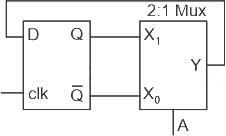
The unit step response of a closed loop control system is given by c (t) = te-t. The transfer function of the system is
Following constellation diagram represents:

Which are the three basic types of motion control systems in numerical control?
Which bus is used to specify memory locations for the data being transferred
 , having peak overshoot 10%. Find damping ratio.
, having peak overshoot 10%. Find damping ratio.
A current of i = -6 + 8 √2 sin (ωt + 30) is passed through a centre zero PMMC meter and a moving iron meter. The two meters will read:
Directions: A sentence is given here with a blank and you need to fill the blank choosing the word/words given below. If all the words given can fill the blank appropriately, choose ‘All are correct’ as your answer.
They're carefully _______________, many in beautiful copper-plate handwriting, detailing exactly where and when they were found.
I. Tag
II. Labelled
III. Design
Directions: In each of the following questions, a sentence has been given in Active (or Passive) Voice. Out of the four alternatives suggested, select the one that best expresses the same sentence in Passive/ Active Voice.
I expect you to complete this work before sunset.
Directions: In each of the following questions, a sentence has been given in Active (or Passive) Voice. Out of the four alternatives suggested, select the one that best expresses the same sentence in Passive/ Active Voice.
All the examinees have answered one particular question in the long answer writing section.
Directions: Select the most appropriate idiom (in the context) to fill in the sentence.
We have been using our credit cards so much we are now _________________ in debt.
Direction: Read the following passages carefully and answer the question that follows.
For fourteen and a half months I lived in my little cell or room in the Dehradun jail, and I began to feel as if I was almost a part of it. I was familiar with every bit of it, I knew every mark and dent on the whitewashed walls and on the uneven floor and the ceiling with its moth-eaten rafters. In the little yards outside I greeted little tufts of grass and odd bits of stone as old friends. I was not alone in my cell, for several colonies of wasp and hornets lived there, and many lizards founds a home behind the rafters, emerging in the evening in search of prey.
Q. The passage attempts to describe ?
Which of the following fields CANNOT be left blank while sending an email?
Identify the volatile memories from the following list.
Cache, SRAM, DRAM, Hard Disk, CD, DVD
When the formula bar is activated, you can see
In the process scheduling, ______ determines when new processes are admitted to the system.
Who amongst the following friends is not good in Mathematics but good in Hindi?
Which answer figure will complete the pattern in the question figure?

How many triangle is in the given figure?
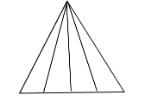
Two dice are thrown simultaneously and the sum of the numbers appearing on them is noted. What is the probability that the sum is 12?
Directions: Each of the following consists of a question and two statements numbered I and II given below it. You have to decide whether the data provided in the statements are sufficient to answer the question:
Eight people E, F, G, H, I, J, K and L were born on different dates 16th and 27th of different months i.e. January, April, May, and September of the same year. J is the second oldest among all. K was born in May. How many people were born between L and G?
Statement I: Only 3 persons were born between I and H such that both of them were born in a month having even number of days. L was born just after F, who was born on an odd date in May. Only 2 persons were born between I and E.
Statement II: Only 2 persons were born between K and H. E is elder than L, who is younger than I. As many persons were born before G is same as after F, who is not born in April nor born on even date.





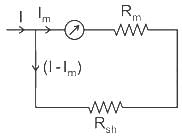







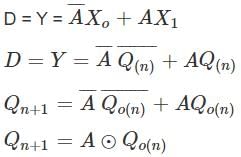
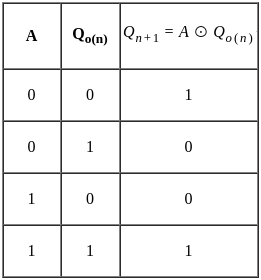
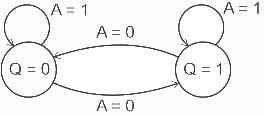
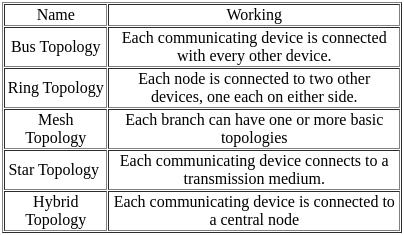
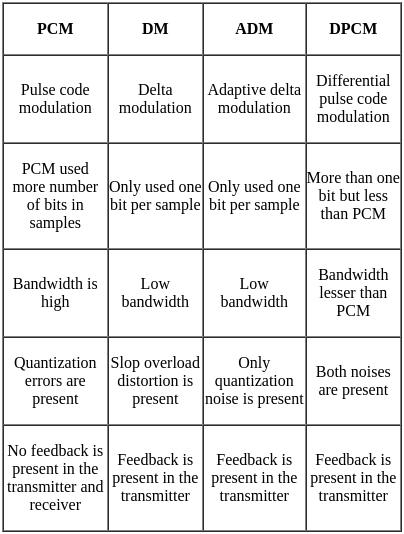




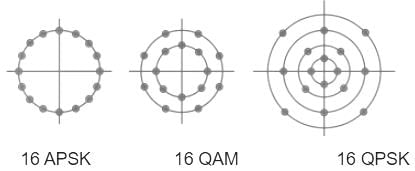
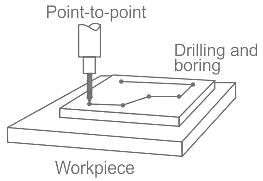
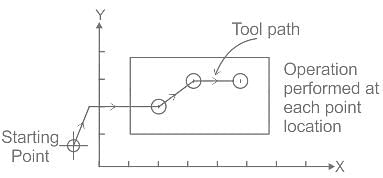
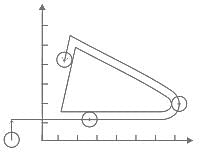
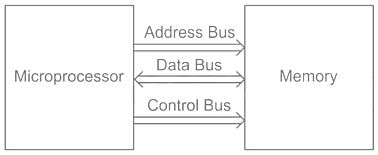
 × 100 %
× 100 % =
= 






